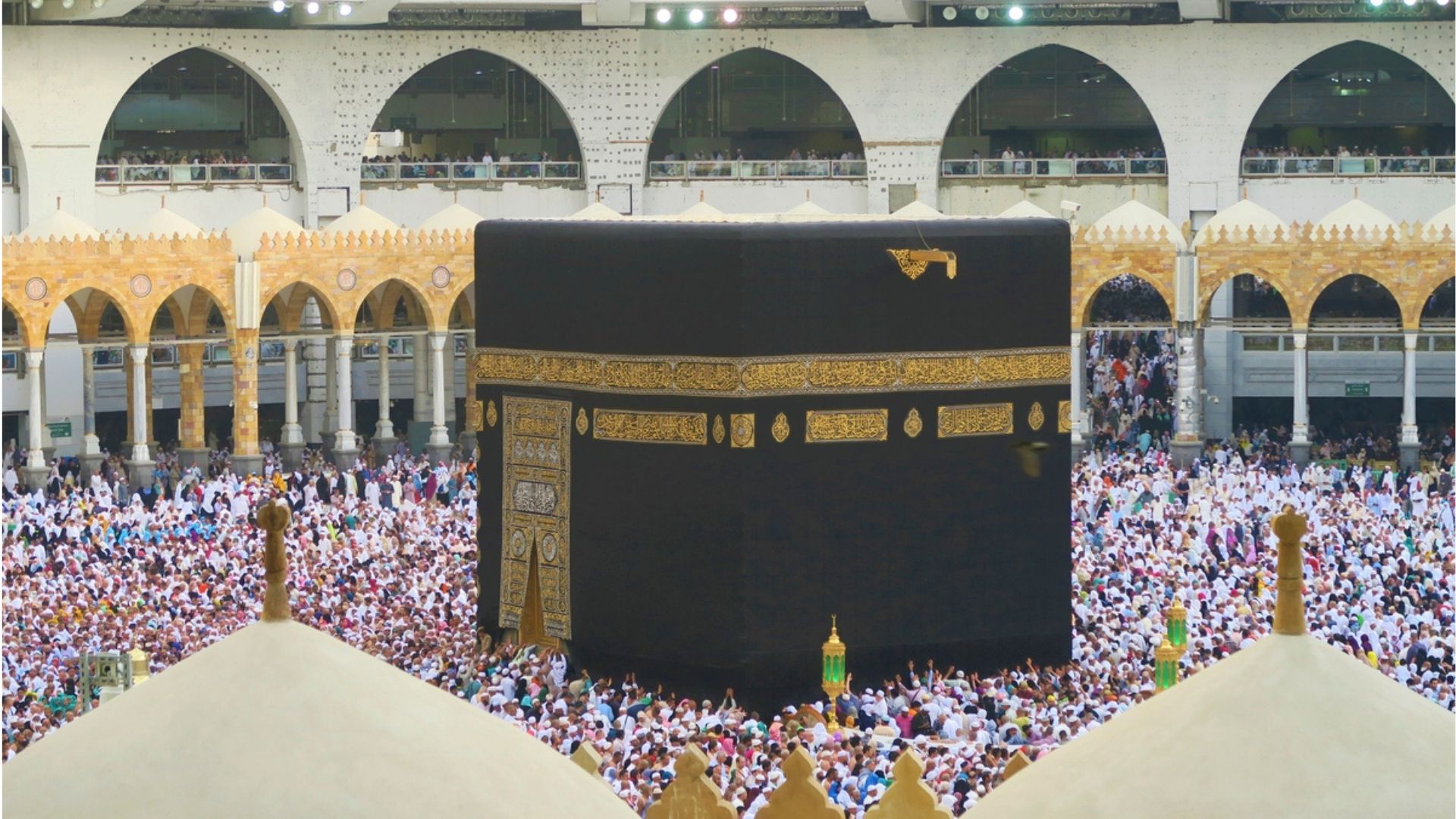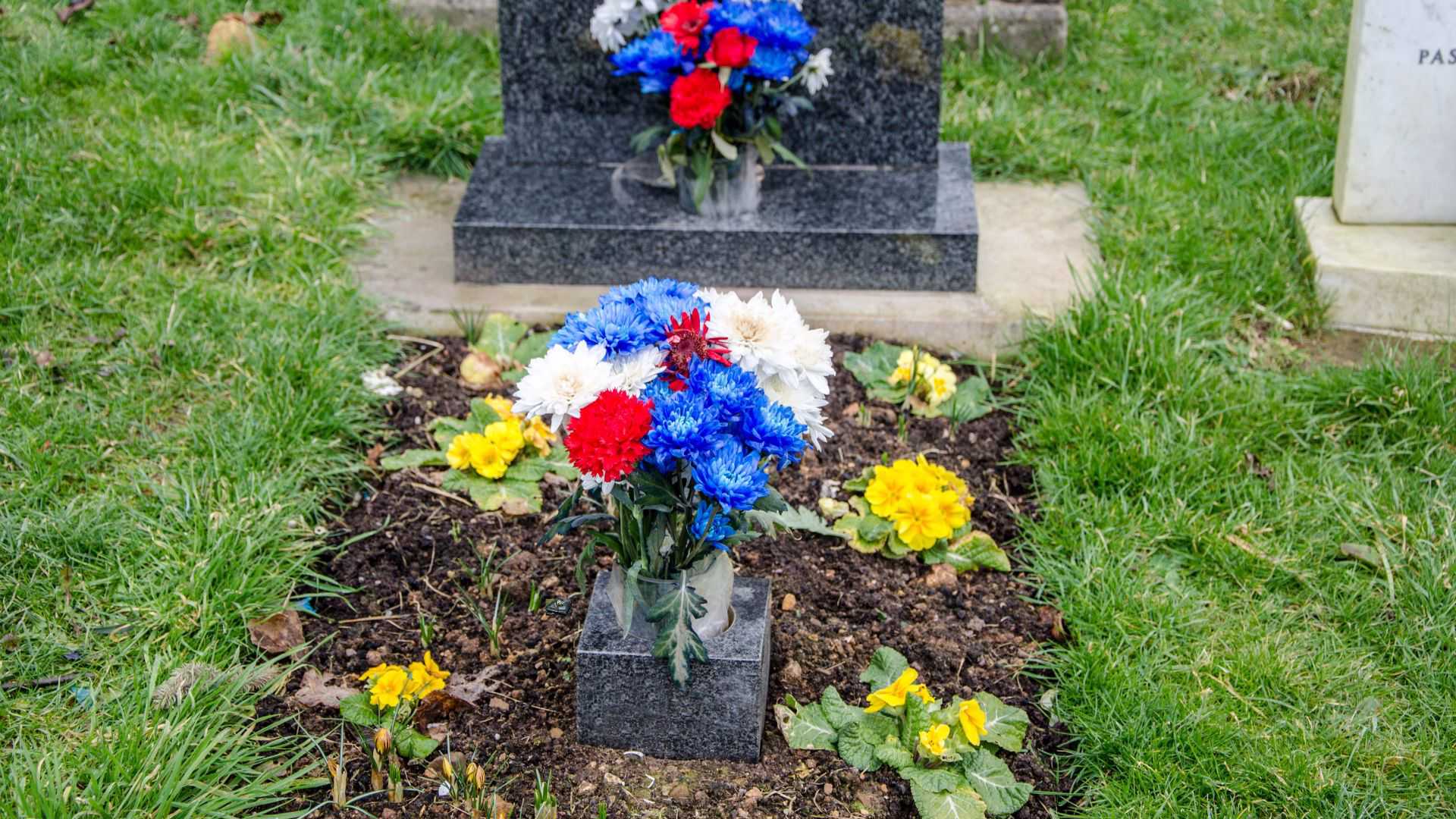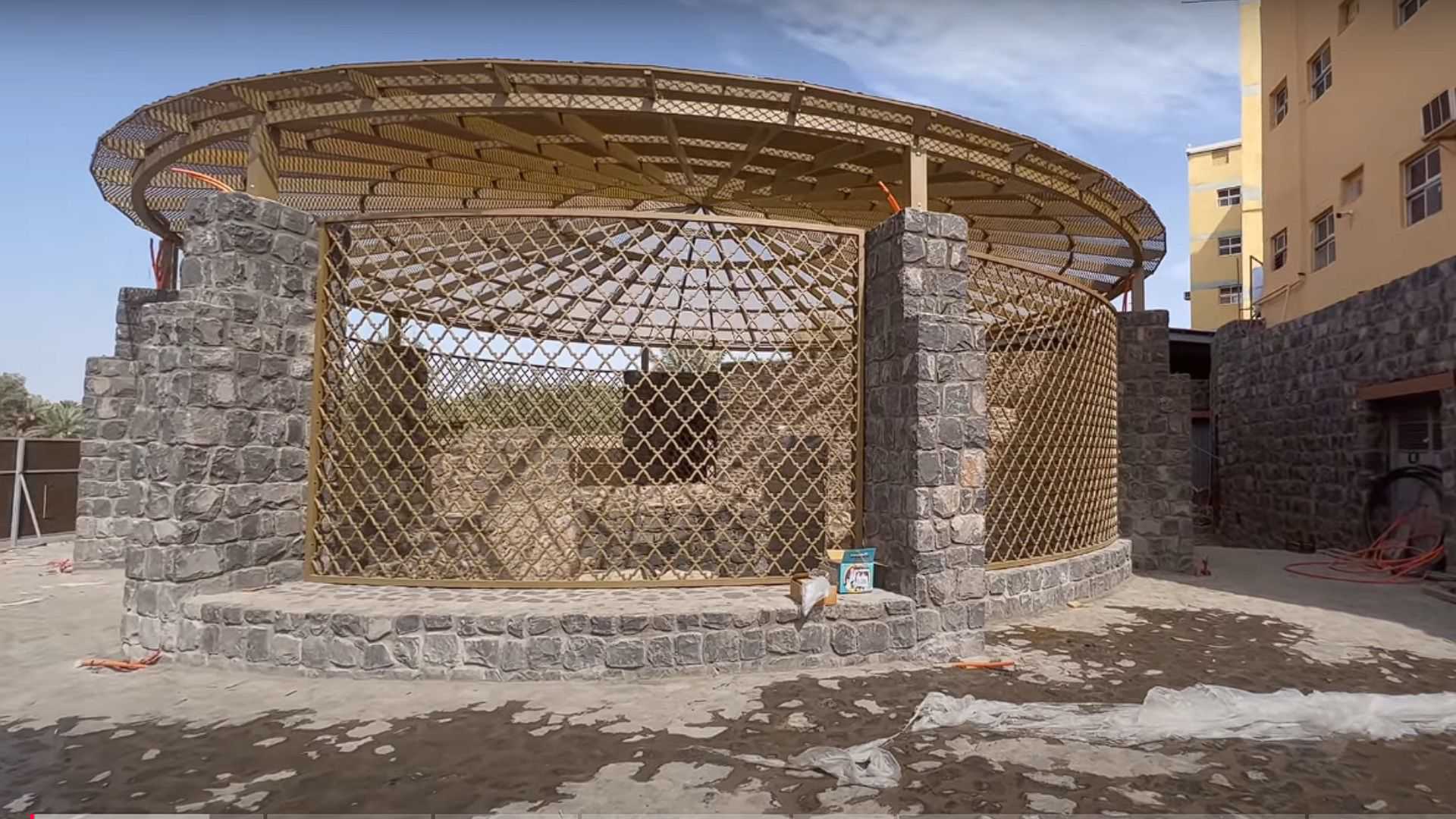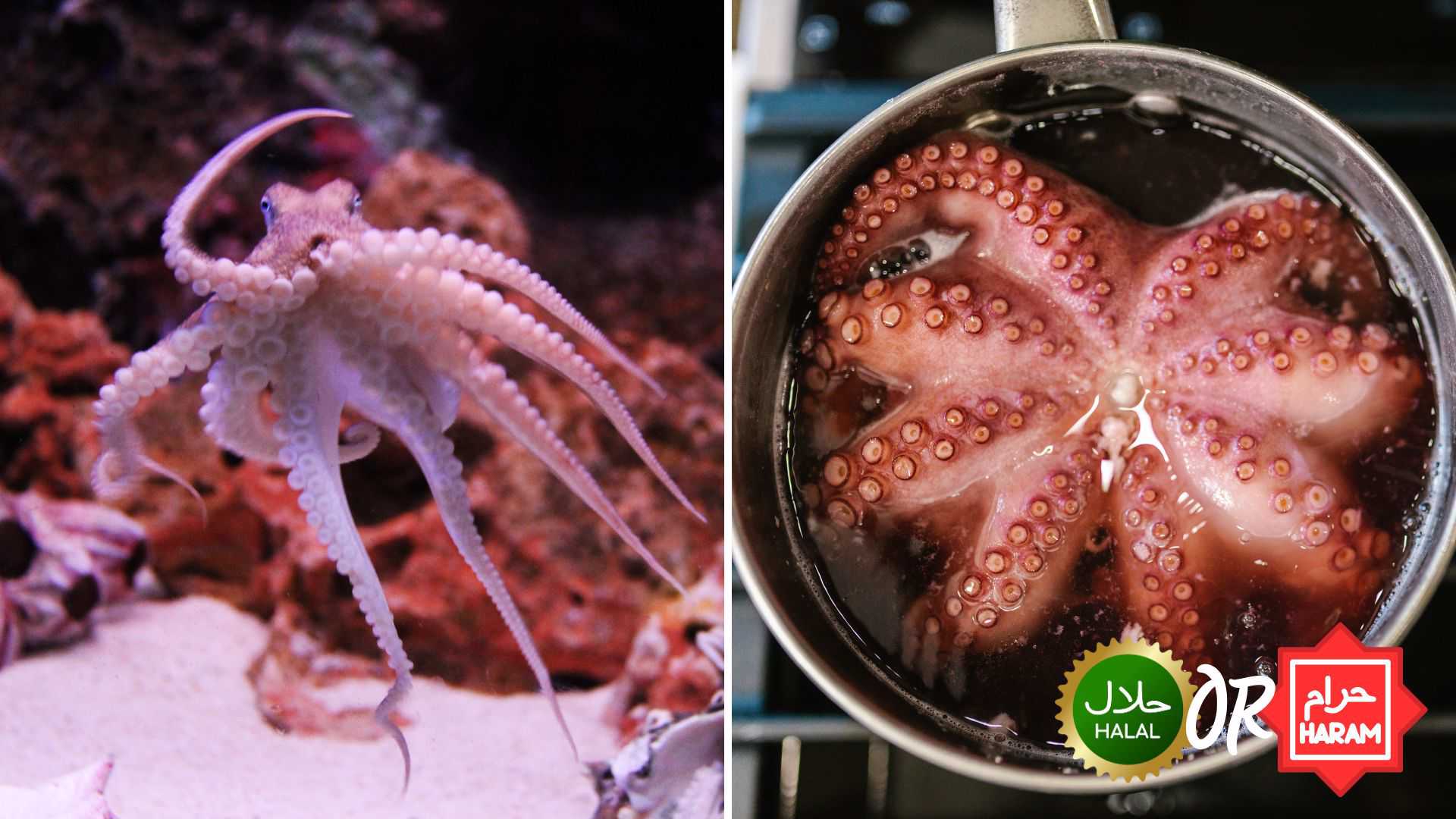Largest Hajj pilgrimage: According to the AP, more than two million Muslims will participate in this week’s Hajj pilgrimage to Saudi Arabia’s holy city of Mecca. it is the ‘largest’ Hajj pilgrimage in history.
The largest Hajj pilgrimage in history will take place this year, a Saudi Ministry of Hajj and Umrah official told Al Jazeera. The Hajj, one of the biggest religious gatherings on the globe, is now fully operational after years of restrictions brought on by pandemics.
Every Muslim who is physically and financially capable must make the pilgrimage at least once in their lives as it is one of the “five pillars” of Islam. Its purpose is to cleanse sins and draw pilgrims nearer to God.
When does Hajj occur?
Every year, between the eighth and thirteenth of Dhu al-Hijjah, the final month of the Muslim calendar, pilgrims attend the Hajj. The Gregorian date for Hajj varies from year to year because this is a lunar calendar and the year is approximately 11 days shorter than the Gregorian year.
Hajj always occurs 10 or 11 days sooner than the year before. In fact, the Hajj season occurs twice in Gregorian year , once every 33 years or so. The last time this occurred was in 2006.
The Hajj trip will be held this year from June 26 to July 1.
What is the background story of the Hajj?
“To set out for a place” is the literal meaning of the word “hajj.” The pilgrimage dates back to Prophet Ibrahim (pbuh) (Abraham in the Judeo-Christian scriptures), around 4000 years ago, according to the Holy Quran. Prophet Ibrahim (pbuh) started the tradition of making a pilgrimage to this House of God after Allah gave him the order to construct the House of God in Mecca, which is said to be where the Kaaba is now.
After Ibrahim, his son Ishmael (pbuh) and later many tribes who had settled in the region carried on this custom. The pristine monotheism of Prophet Ibrahim (pbuh) was, however, “diluted and debased” over time as paganism and idolatry crept into the Kaaba and the related pilgrimage, as well.
After Ibrahim, his son Ishmael (pbuh) and later many tribes who had settled in the region carried on this custom. The pristine monotheism of Ibrahim was “diluted and debased” over the years, though, as pagan beliefs and idolatry crept into the Kaaba and the related pilgrimage.
Prophet Muhammad (pbuh) was born in 570 AD, when the “old religion” had mostly been lost. Prophet Muhammad (pbuh) demolished all pagan idols and rededicated the sacred site after he and his followers successfully conquered Mecca in 630 AD.
Prophet Muhammad (pbuh) completed his first and final journey to the Kaaba in 632, the year of his passing. It established the guidelines and rituals for Hajj, also known as Prophet Muhammad (pbuh)’s “farewell pilgrimage.”
What takes place during the Hajj pilgrimage?
A number of rites are performed during the Hajj over the course of five to six days in and around Mecca.
Pilgrims reach the ihram state of spiritual cleanliness when they get close to Mecca. This signifies the start of their journey towards enlightenment by letting go of external symbols, forgoing pleasures of the world, and putting their attention inward. Every pilgrim switches to a plain white outfit and gives up perfume and makeup.
The tawaf ceremony, in which pilgrims circle the Kaaba in Mecca seven times anticlockwise while performing prayers, kicks off the first day of the journey. Then, in accordance with Islamic tradition, they conduct sa’i, portraying Hagar’s search for water for her son Ismail.
These two events take place inside the Grand Mosque of Mecca, the biggest mosque in the world, which includes the Kaaba and the hills of Safa and Marwa.
The following day, pilgrims travel to Mount Arafat, which is located about 20 kilometres east of Mecca and is the site of the Prophet Muhammad’s last sermon. Thousands climb the Jabal al-Rahma, also known as the Mountain of Mercy, where the sermon was given, and they beg God to pardon them for their transgressions committed in this life. This is thought to be the pilgrimage’s spiritual zenith.
Around dusk, pilgrims travel the 9 kilometres west to Muzdalifa. They spend the night here and gather stones for the Jamarah ceremony the following day.
Muslims believe Ibrahim (a.s.) was enticed to disobey God’s order to sacrifice his son in the valley of Mina, where pilgrims perform this ceremony by symbolically stoning the devil.
A last circle around the Kaaba and additional stone-throwing at Mina mark the end of the pilgrimage. In order to signify renewal, males frequently shave their heads and women cut a lock of hair. The last few days of Hajj fall on the same weekend as Eid al-Adha, which honours Prophet Ibrahim’s trial of faith.
How does Hajj appear today?
The Hajj pilgrimage has been performed for centuries and now draws the biggest yearly gathering of pilgrims anywhere in the world. It is therefore a massive logistical undertaking.
Facilities for the pilgrimage are organized by the Kingdom of Saudi Arabia’s Ministry of Hajj and Umrah. Saudi Arabian authorities have spent billions over the years upgrading infrastructure to accommodate an ever-growing number of pilgrims.
The number of pilgrims is still limited, though. Saudi Arabia establishes annual country-specific restrictions that limit the overall number of pilgrims who can depart from any nation. While much of this depends on the proportion of Muslims in a nation, it also has diplomatic ramifications.
The size of the allotment is frequently symbolic of the relationship shared between Saudi Arabia and the mentioned country, and countries frequently urge Saudi Arabia for large allotments. The greatest allocation of pilgrims ever given to India is a total of 175,025 this year.
Most pilgrims travel to Mecca with the assistance of travel agents, who plan the entire trip—including transportation, housing, and meals—after years of saving up.
What is the importance of Hajj for Saudi Arabia?
The pilgrimage is a source of legitimacy and pride for the Kingdom of Saudi Arabia.
“Stewardship over the sacred mosques in Mecca and Medina, and thus the control of the Hajj, gives the monarchy in Riyadh a legitimacy no other country that claims to be a leader of the Islamic world has, especially among Sunni Arabs,”
Middle Eastern geopolitics specialist Kamran Bokhari wrote in 2017.
In addition, the Hajj is Saudi Arabia’s second-largest source of revenue after oil exports. Due to the enormous number of pilgrims that travel there every year, the nation benefits financially in the billions of dollars.
Some projections state that hajj-related sales topped $ 150 billion in 2022.
Stay updated on Latest News and Articles. Or Check out our Instagram feed for daily Islamic reminders.









